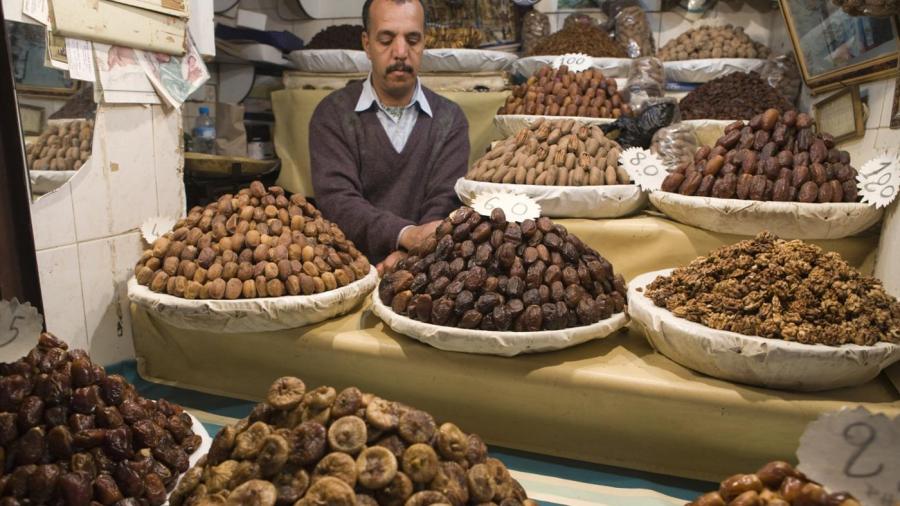What Is the Difference Between a Fig and a Date?

Figs and dates are two different types of fruits. Figs are green or greenish-purple when ripe while dates are dark brown when fully sun ripened. Fig plants are shrubs while dates are grown on trees.
Figs have been celebrated as a source of food energy since ancient times and appear in ancient Egyptian tombs, classical Greek literature and in the Bible. They originated in the Middle East and Mediterranean regions, becoming popular in Europe and eventually in the Americas via European colonists. When ripe, the fruit is small and round and the inside is soft and filled with small seeds. Figs are still grown in the Middle East, the Mediterranean regions and the Southwestern United States. In northern climates, they are typically found as dried fruit.
Dates are the fruit of the date palm tree. In modern times, they are grown in the Middle East, North Africa and Arizona and California in the United States. They are among the sweetest of fruits and go through several stages in their development from unripened fruit (called kimri in Arabic) to the soft, amber colored ripe fruit (called rutab) and the dark, soft, sun-dried fruit commonly found in supermarkets (called tamar.)
Both figs and dates are highly nutritious fruits. Figs have the highest concentration of minerals of any fruit, including calcium, potassium and iron as well as being high in fiber. Dates are also mineral-rich, containing calcium, iron, phosphorus, copper and manganese along with complex natural sugars.





